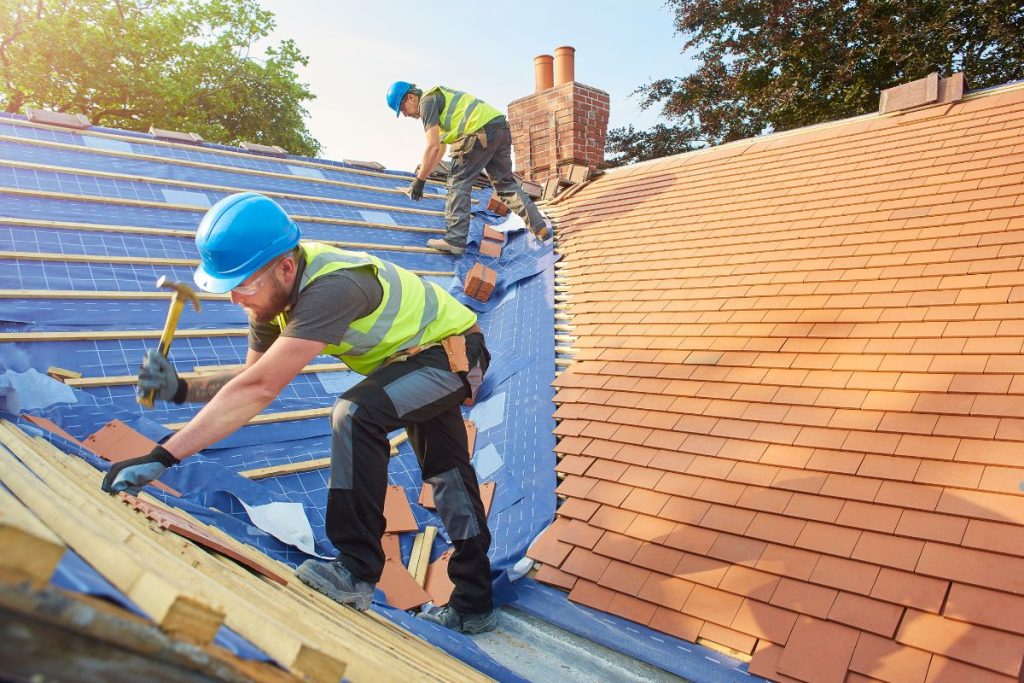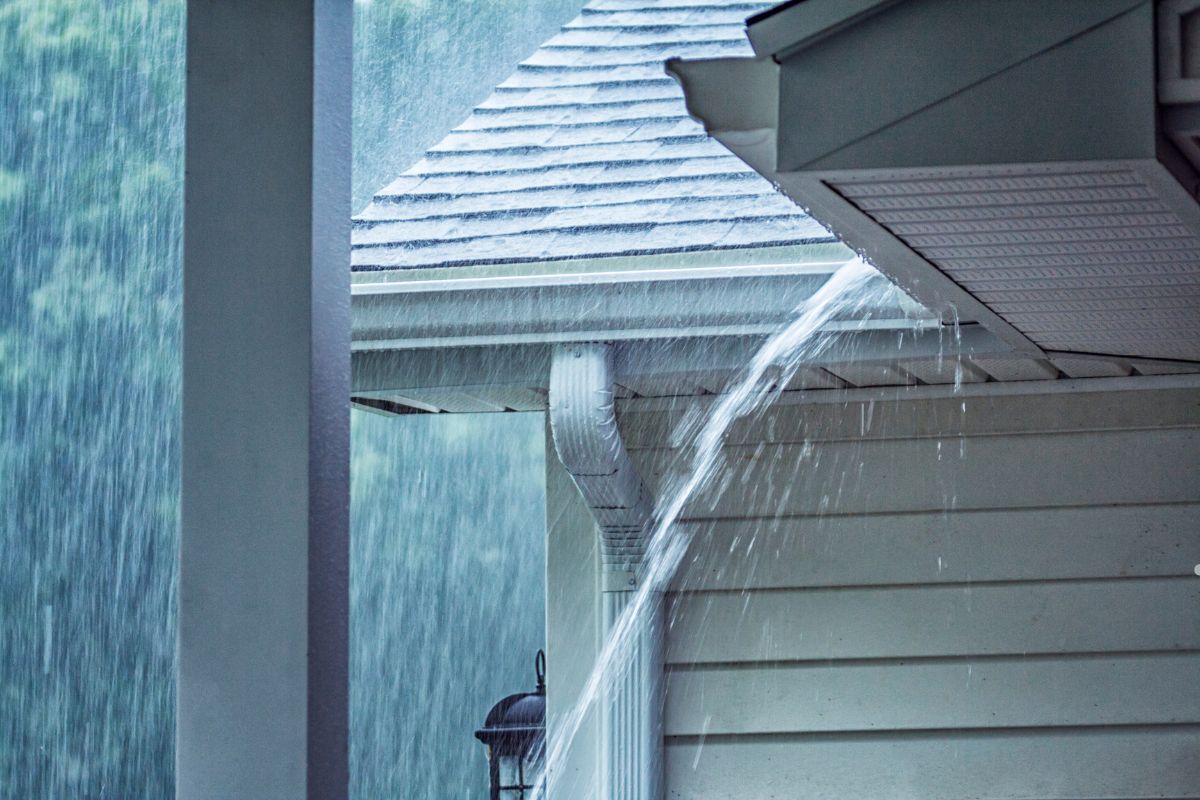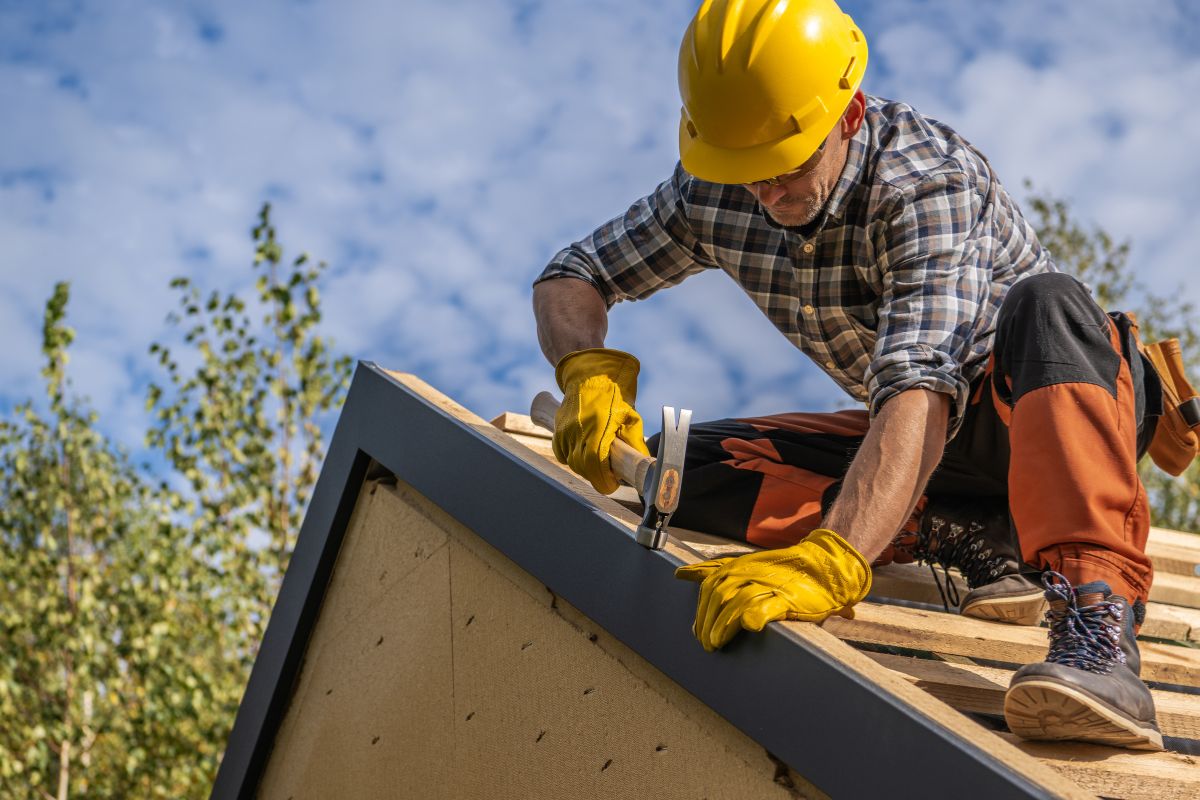
Severe weather can wreak havoc on your roof, leading to costly repairs or even premature replacement. Taking proactive steps to protect your roof from storm damage is a smart investment that can save you money and stress in the long run. This comprehensive guide will provide you with practical strategies for storm damage prevention, helping you keep your roof in top condition for years to come.
Understanding the Risks: Why Storm Damage Prevention Matters
From powerful hurricanes along the coast to intense hailstorms in the Midwest and heavy snowstorms in the Northeast, the United States faces a wide range of severe weather events. These storms can inflict significant damage on your roof, including:
- Wind Damage: High winds can tear off shingles, loosen roofing materials, and even compromise the structural integrity of your roof.
- Hail Damage: Hail can dent or crack shingles, leading to leaks and reducing the roof’s lifespan.
- Water Damage: Heavy rain and snow can seep into cracks and crevices, causing leaks, wood rot, and mold growth.
- Tree Damage: Falling branches and debris can puncture or damage roofing materials.
Ignoring storm damage prevention can lead to escalating repair costs, reduced energy efficiency, and even structural problems that affect the entire home. Addressing potential vulnerabilities before a storm hits can help you minimize damage and avoid expensive repairs later. Check out our roof maintenance services.
Pre-Storm Roofing Checklist: A Homeowner’s Guide

Taking proactive steps before a storm arrives is crucial for protecting your roof. Here’s a checklist to follow:
- Roof Inspection Basics: Conduct a visual inspection of your roof at least twice a year, or more frequently if you live in an area prone to severe weather. Look for missing, cracked, or curled shingles, as well as signs of leaks or water damage. Consider hiring a professional roofing contractor for a more thorough inspection.
- Gutter Cleaning Essentials: Clogged gutters can cause water to back up under the roof, leading to leaks and damage. Clean your gutters regularly, especially in the fall and spring.
- Tree Trimming and Roof Clearance: Trim any tree branches that are overhanging your roof. Falling branches can cause significant damage during a storm.
Don’t have time for a roof inspection? Let our expert team assess your roof’s condition! Call us today for a free consultation.
Selecting Storm-Resistant Roofing Materials
When it’s time to replace your roof, consider choosing materials that are specifically designed to withstand severe weather.
- Impact-Resistant Shingles: These shingles are engineered to resist hail damage and high winds. They often come with a higher price tag, but they can save you money in the long run by reducing the need for repairs.
- Metal Roofing Advantages: Metal roofs are incredibly durable and can withstand winds of up to 140 mph. They are also fire-resistant and can last for 50 years or more.
- Tile Roofing Durability: Tile roofs are also very durable and can withstand high winds and hail. However, they are heavier than other roofing materials and may require additional structural support.
Strengthening Your Roof Against Severe Weather
In addition to choosing the right materials, there are other steps you can take to reinforce your roof against storm damage:
- Roof Decking Reinforcement: Ensure that your roof decking (the plywood or OSB underneath the shingles) is properly secured to the rafters or trusses. Using ring-shank nails or screws can provide added strength.
- Proper Nailing Techniques: Proper nailing techniques are crucial for ensuring that shingles stay in place during high winds. Make sure that your roofing contractor uses the correct number of nails and places them in the correct location on each shingle.
- Attic Ventilation and Its Impact: Proper attic ventilation helps to regulate temperature and humidity, which can prevent wood rot and prolong the life of your roof. Ensure your attic has adequate ventilation to reduce the risk of moisture buildup.
What to Do After a Storm: Assessing and Addressing Damage
After a storm has passed, it’s important to inspect your roof for damage as soon as it’s safe to do so.
- Identifying Signs of Roof Damage: Look for missing, cracked, or curled shingles, as well as signs of leaks or water damage.
- Documenting the Damage for Insurance Claims: Take photos and videos of any damage you find. This documentation will be essential when filing an insurance claim.
- Choosing a Reputable Roofing Contractor: Hire a licensed and insured roofing contractor to assess the damage and make necessary repairs. Be wary of contractors who show up unsolicited and offer suspiciously low prices.
At Naperville Roof Pros, we offer expert roofing, maintenance, reroofing, and replacement services to ensure your home stays protected and durable. Our team delivers top-quality solutions with precision and professionalism, whether you need routine upkeep or a complete roof overhaul. Explore our services to find the right roofing solution for your needs.
Maintaining Your Roof for Years of Protection

Regular maintenance is key to extending the life of your roof and minimizing the risk of storm damage.
- Regular Inspections and Preventative Repairs: Schedule regular roof inspections with a qualified roofing contractor. They can identify potential problems early on and make necessary repairs before they escalate.
- Dealing with Minor Leaks Promptly: Address any leaks immediately. Even a small leak can cause significant damage over time.
- Staying Informed About Weather Patterns: Stay informed about upcoming weather patterns and take proactive steps to prepare your roof for severe weather.
Schedule your annual roof inspection today! Protect your home and ensure your roof is storm-ready. Call us now!
Your Questions Answered: Storm Damage Roofing FAQs
How often should I inspect my roof?
You should inspect your roof at least twice a year, or more frequently if you live in an area prone to severe weather.
What are the signs of roof damage?
Signs of roof damage include missing, cracked, or curled shingles, as well as signs of leaks or water damage.
How do I choose a reputable roofing contractor?
Look for a licensed and insured roofing contractor with a good reputation and positive reviews.
Protecting Your Home: Investing in Roof Safety
Protecting your roof from storm damage is a smart investment that can save you money and stress in the long run. By taking proactive steps to prepare your roof for severe weather, you can minimize damage and keep your home safe and secure. Don’t wait until a storm hits to take action. Start protecting your roof today!
Ready to safeguard your home with a storm-resistant roof? Contact us now for a free quote and expert advice. Your peace of mind is just a phone call away!

